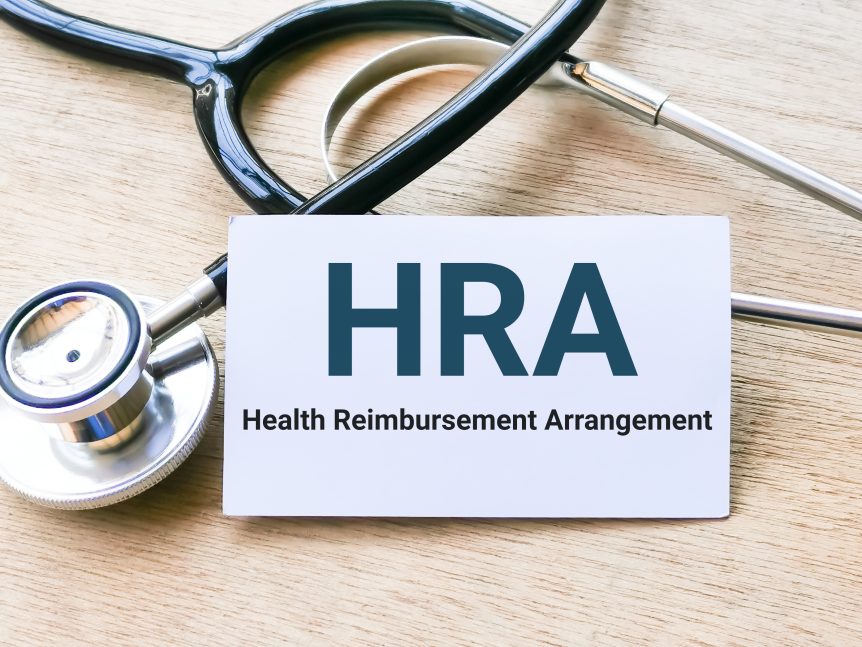Navigating the healthcare landscape often feels complex. Business owners constantly seek ways to offer compelling benefits while managing costs. A fully-insured health plan combined with a Health Reimbursement Arrangement (HRA) offers a balanced approach to achieving this goal. Let us delve into how this pairing can boost your benefits strategy.
Understanding Fully-Insured Health Plans
A fully-insured health plan represents a traditional route in providing health insurance. Here, the employer partners with an insurance company to cover their employees. The employer pays a fixed premium, and the insurance company assumes the risk and responsibility for the employee claims. This predictability of costs helps with budgeting and financial planning.
The Strategic Advantage of HRAs
An HRA offers flexibility and cost savings. Employers set aside a fixed amount of money in an individual employee’s account to cover qualified medical expenses. The unused funds remain with the employer at the end of the year. This control over funds helps manage healthcare spending effectively.
Synergy of Fully-Insured Plans and HRAs
Combining a fully-insured health plan with an HRA integrates stability with customization. Employers get the security of known insurance costs while providing personalized benefits through the HRA.
Enhancing Employee Benefits
By merging an HRA with a fully-insured plan, employers enhance their benefits package. Employees receive the comprehensive coverage of a standard health plan and gain the ability to manage their out-of-pocket expenses through the HRA. This dual structure empowers employees and increases their satisfaction.
Financial Control and Forecasting
Employers benefit from the predictability of a fully-insured plan and the cost-control an HRA provides. The combination allows for more accurate financial forecasting and the ability to adjust funding based on the company’s financial state and employee usage patterns.
Compliance Considerations
Regulations surrounding health insurance and HRAs are multifaceted. Employers must remain compliant with current health care laws and consider the Affordable Care Act’s requirements. Merging a fully-insured plan with an HRA often simplifies meeting these complex regulations.
Conclusion: A Win-Win Solution
A fully-insured health plan paired with an HRA provides an elegant solution to employee health benefits. Employers enjoy financial predictability and compliance ease, while employees appreciate the robust coverage and flexibility. This strategy fosters a favorable environment for both the organization and its workforce, paving the way for a happier, healthier future.

